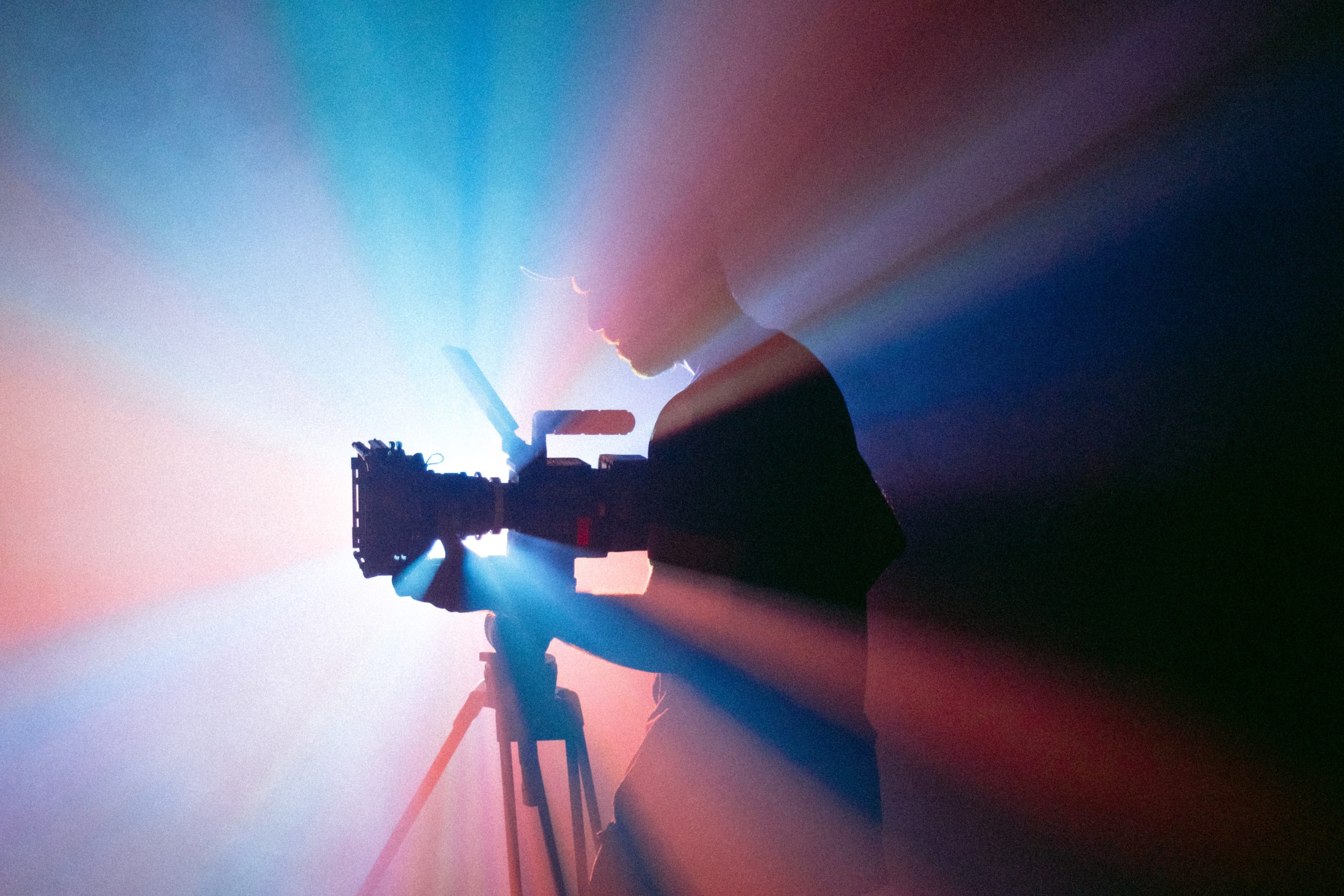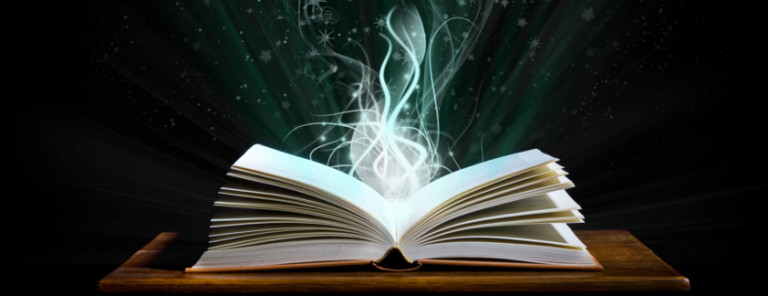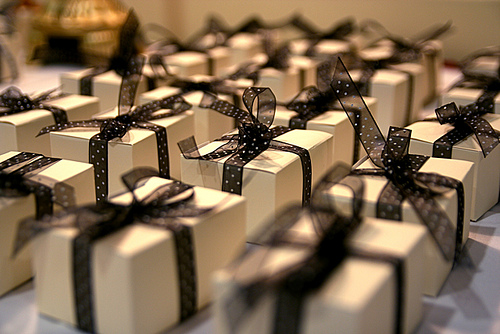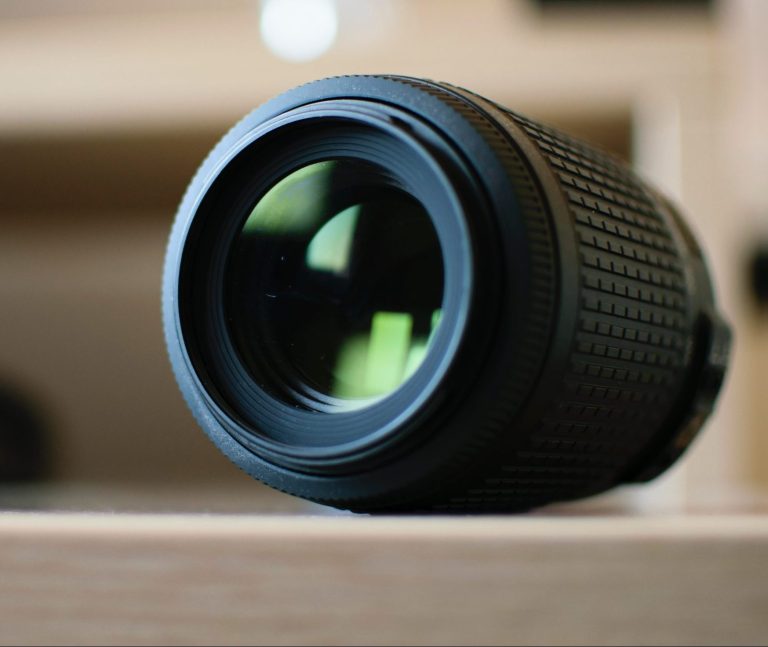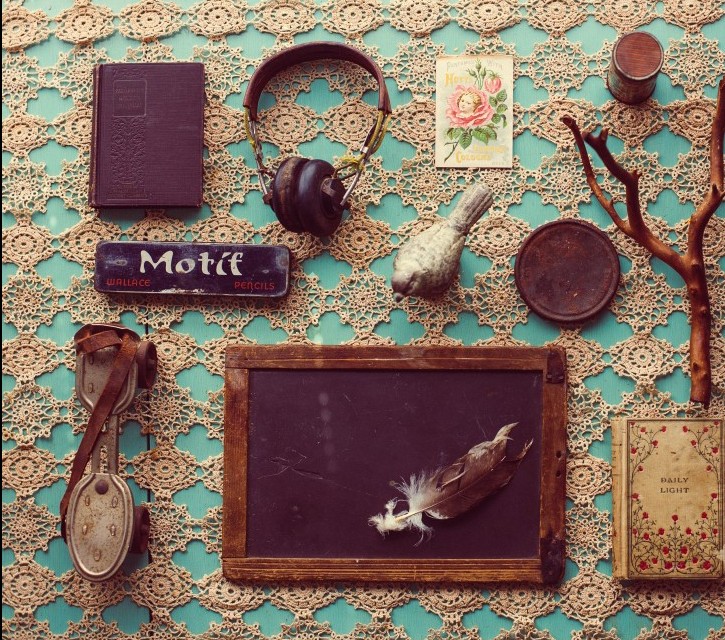3 Powerful Cinematic Techniques for Novelists
Readers will often stop reading before they finish the first page of your story. While this has always been true, in this fast-paced age that foments impatience, it’s even more true.
If a writer doesn’t deliver what a reader hopes for on that first page, it’s going to be tough to convince the reader to stick around for the whole chapter—let alone the whole book.
There are a lot of things needed on a first page of a novel or short story. And while it’s not a hard-and-fast rule that all these elements have to show up on page 1, the more elements a writer includes, the better.
This, of course, is going to vary a lot. And if a writer is starting with a prologue or some scene that doesn’t introduce the protagonist, that makes a difference as well. But the overall objective, regardless of opening scene, isn’t going to change. And that is to engage the reader.
The Need for Cinematic Technique
Readers are used to cinematic structure. They watch TV and movies and expect their novels to feel and read like a movie.
Really? For the most part, yes. This doesn’t mean a novel must feel like a movie or it will flop. It does mean, though, that the more you can create cinematic effects and use cinematic structure in your scenes, the more visual they will be to the reader.
The more you can immerse your reader quickly into the world of your characters, the more they’ll get hooked. The sooner they will care what happens. And that means they’ll keep turning pages to the end.
You may feel that the kind of novel you’re writing doesn’t call for cinematic technique. That’s fine. If that’s the way novels in your genre are written, you want to be faithful to that. But even with “other” types of novels (such as some literary fiction), there will be moments in your story when cinematic technique will enhance your scene and give it more of a punch.
Really, this is about showing instead of telling. And we’ve all heard plenty about that.
So What Is Cinematic Technique, Anyway?
It’s thinking about scenes the way a filmmaker does—with a string of camera shots that are positioned at specific angles or distances for best effect.
Too often writers create scenes that seem to have a camera stuck in one place. And that can be boring and ineffective. Think about watching a movie and imagining a camera stuck in one place or at the same distance away from all the action in every scene.
Let’s say your camera is fifty feet away while it’s filming two people sharing a secret. You would crane your neck, unsuccessfully, to hear what they’re saying and see their subtle facial expressions.
And if you have a high-speed car chase scene, that camera, fixed in position and aimed at one spot, will only get a flash of movement recorded and miss it all.
3 Cinematic Techniques for Your Scene Opening
So let’s look at how cinematic technique comes into play on the first page of a scene. By following these three cinematic tips, you will have the best chance of hooking your reader and keeping them reading.
1. Start with a brief establishing shot. An establishing shot is what it implies: it establishes the scene. Show where your character is—using sensory detail. Think about the locale, the weather, the time of day and year.
Setting is crucial. Every see a movie scene that doesn’t show the setting? That would mean staring at a black or blank screen while the dialogue and action is taking place. Would that confuse you, make you lose interest after a few minutes (or hours)?
Same thing with your readers. They can’t follow your scene if you don’t show where your characters are. Note the word brief. Even one line can often accomplish this.
2. Start in the middle of something happening. How many movie scenes have you watched in which the screenwriter sits on some stage and tells you what’s about to happen next? None.
Readers don’t want author interference. Resist the urge to explain. Just show. And fast-forward to the interesting stuff. There’s nothing riveting about watching a character wake up or brush her teeth.
3. Choose the appropriate camera angle. What is the point of your scene? What do you need to show your characters doing, and what key plot point do you intend to reveal? This will help you determine the type of “shot” you should use.
If you need to reveal small details, a close-up shot will do the trick. You may want to zoom in to show something important. Or pull back to reveal the bigger picture. It helps to work backward from your high moment. If you start your scene a bit before the key reveal, think first of what and how you will “shoot” that moment, then how and where you will position your characters just before that so you can build to that moment.
It’s all about making your reader notice what you want her to notice. (You can learn more about these specific shots and how to emulate them in fiction in Shoot Your Novel).
Keeping these three key techniques in mind when brainstorming your scenes will help you start off page one with a bang and engage your readers.
Take a look at your scenes first pages and check them against the first-page checklist and these three key cinematic elements. If you don’t have enough of these elements, try rewriting and see if you can nail a strong, engaging opening.
What are your greatest challenges in writing scene openings? Do you find it hard to get right into action and successfully show the setting and sensory details?
For a deep look at how novelists can use cinematic technique, get Shoot Your Novel. No other writing craft book teaches writers how to segment their scenes the way filmmakers do, using camera shots and cinematic devices to create powerful scenes and evoke emotion.
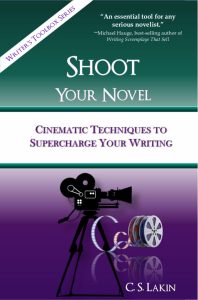 The most effective way to write scenes is to show, not tell, and this highly acclaimed book will give you unique tools to load your writer’s toolbox with.
The most effective way to write scenes is to show, not tell, and this highly acclaimed book will give you unique tools to load your writer’s toolbox with.
With Shoot Your Novel, Susanne Lakin does something wonderful and unique. While lots of us in the business of helping writers and storytellers recommend adding vivid images to scenes, Lakin goes much further to reveal how employing the tools and techniques of movie directing, editing and cinematography will give your fiction deeper meaning and greater emotional impact. Her book is an essential tool for any serious novelist.
—Michael Hauge, Hollywood screenwriting coach, author of Writing Screenplays That Sell
Get your print or ebook copy here!
Featured Photo by Jakob Owens on Unsplash

